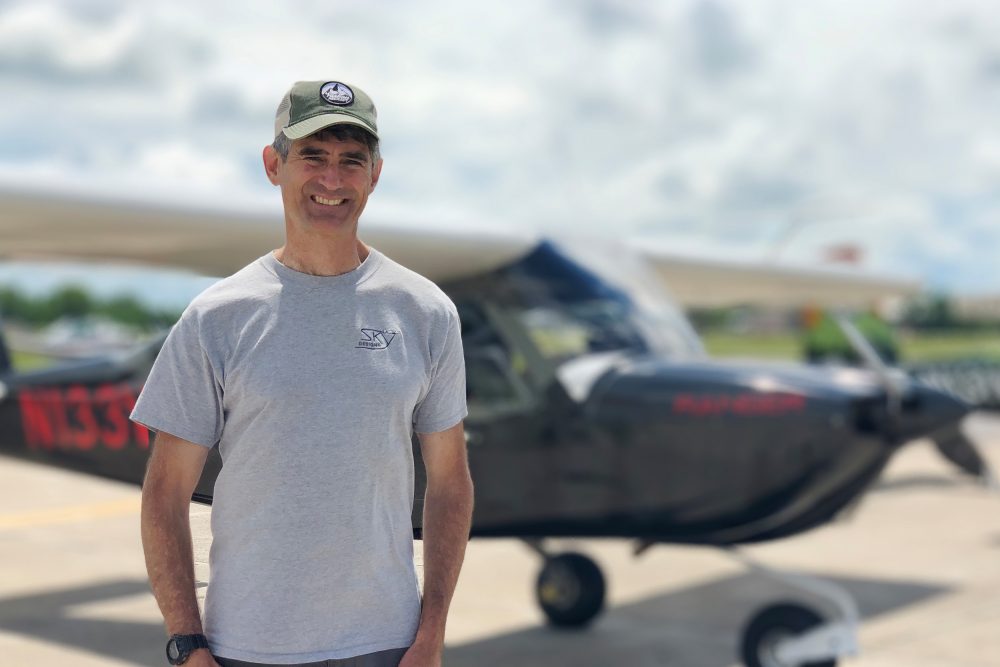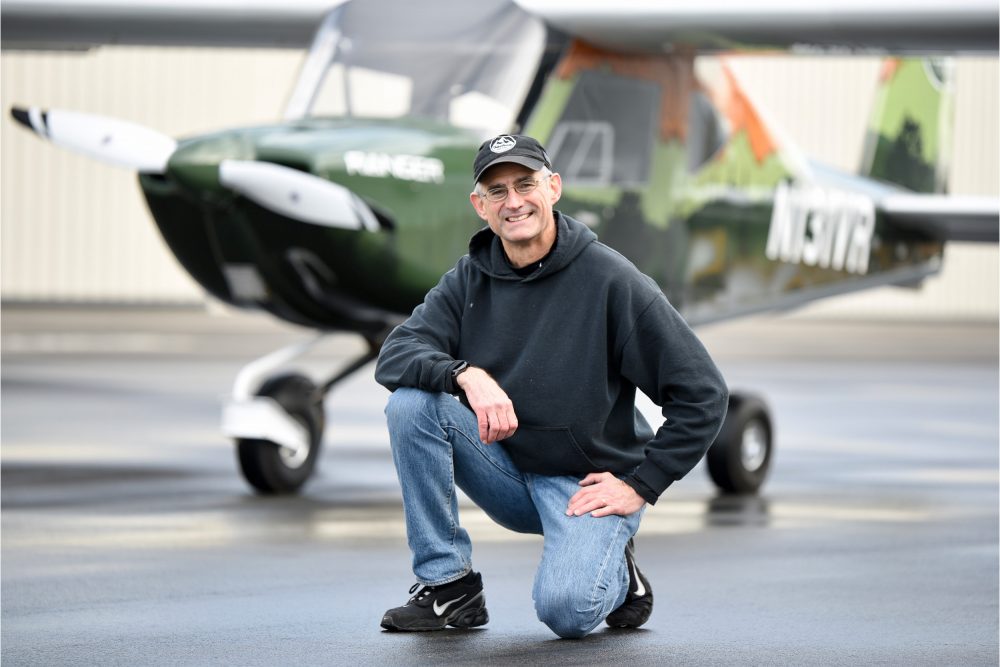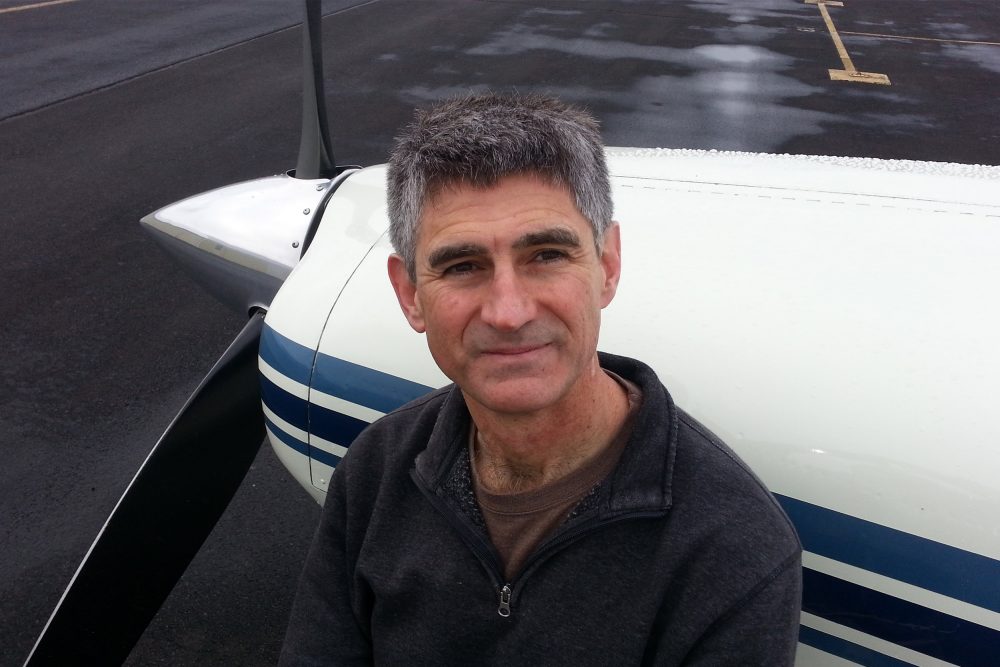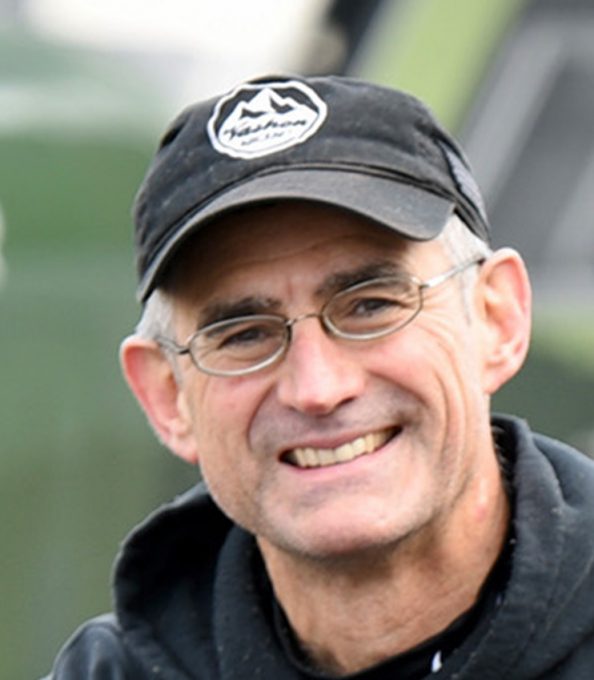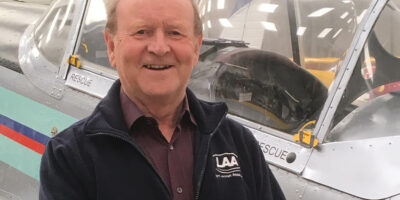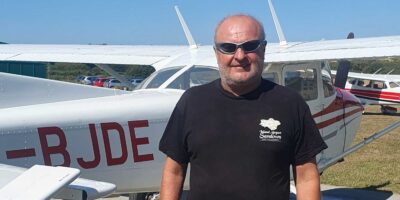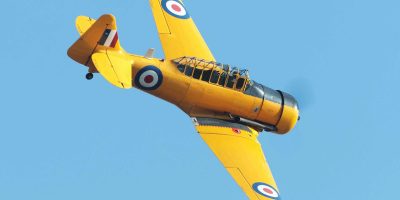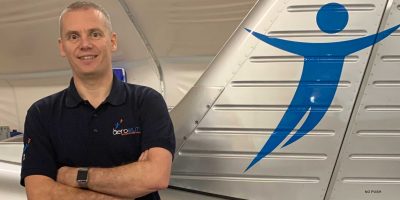How did you get into aviation?
Both my parents were pilots – my mother was pregnant with me when she learned to fly – and being exposed to aviation from a very early age, fostered my fascination. I learned more through building and flying model aircraft as a child. Even today, I still wonder sometimes how something that big can be carried by air.
How did your flight training go?
I started training at 16, in California’s High Desert region. We had very good flying weather and lots of open space, so I learned a lot about flying in the mountains and aircraft performance. Bishop was a large airport, leftover from WWII, and almost deserted. There was no control tower within 100 miles and I usually had the traffic pattern to myself.
“I want aircraft to be used as platforms to bring people together”
My instructor was a friend of my father who was kind enough to pass his knowledge onto the next generation. For me, the most challenging aspect was to be aware of many things simultaneously. You have to keep your focus constantly moving, inside and outside the cockpit.
Tell us about your solo?
It was a nice calm morning, and I felt ready – the flight itself was uneventful. My mother, who was watching, was in tears – for her, it was such a big deal. That’s what I love most about flying, being able to share your achievements and frustrations. No matter the age or experience, there’s a feeling of camaraderie between pilots.
Back then, I was already interested in aircraft design. The homebuilt aircraft revolution had just started, which was inspiring. I think flying and designing complement each other very well. In the early days, most aircraft designers were also pilots, which made aviation’s rapid development possible. As Igor Sikorsky said: “At that time (1909) the chief engineer was almost always the chief test pilot as well. That had the fortunate result of eliminating poor engineering early in aviation.”


